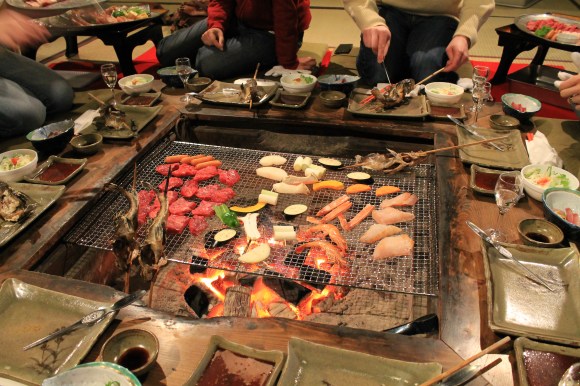
I recently had the opportunity to travel to the Noto Peninsula, an outcrop that sticks out from Japan’s main island of Honshu into the Sea of Japan. The area relies heavily on fishing and agriculture, and is famous for its delicious seafood and beautiful scenery.
Noto’s not so popular as a tourist destination in winter, but I went along on a trip to see what the place has to offer when it’s coooold outside. As it turns out, Noto out of season is about as chilly as I’d expected. But it was also very cool.
During the two-day trip we were treated to freezing but beautiful scenery, more fresh, delicious seafood that I could handle, and just the right amount of sake.
Scenery
The sea surrounding Noto Peninsula is exceptionally clear, and combined with the cold weather and a special plankton, the winter gives rise to a phenomenon known as “nami no hana“or “flowers of the waves”. On windy and stormy days the waves pound against the rocks and whip up a white froth which blows across the beach and piles up like snow. It’s like a huge bubble bath, except really, really cold.
While Noto has a lot of beautiful scenery inland, too, with the ocean on three of its sides it’s the sea views that are some of the most impressive. For those who’d prefer to be in the midst of things rather than just watching, you can surf at any time of year, weather permitting, or go snorkeling in the summer.
Seafood
With so much water surrounding them, the residents of Noto Peninsula make full use of everything the sea has to offer, and they know how to prepare it all to best bring out the fresh flavour.
Iwanori seaweed has been gathered and prepared in the area in the same way for over 1,000 years, and we got to try the simple method out for ourselves. Unfortunately we were unable to get out to the rocks to pick our own seaweed due to the four-metre-high waves, but the ryokan inn we were staying at had some on hand for us to use.
First you wash the seaweed, then spread it across the circular mould.
Gently lift the seaweed out of the basin, remove the mould, and allow the water to drain away. You should be left with a perfect circle of seaweed on your bamboo mat.
Hang the seaweed up to dry, being careful not to knock it off the mat. It can take anywhere from a day to a week to dry out, depending on the weather, but once it does, you have a convenient circle of dried seaweed to snack on! Fresh seaweed is also used as an accompaniment to other dishes and in soups.
Noto is also famous for its sea salt which is gathered and prepared using a method known as the agehama style, which has remained unchanged since the eighth century. There is only a certain period of the year when this salt can be harvested, meaning that its quantities are extremely limited. Because of the production style and its high mineral content the salt has a very distinctive flavour and many top restaurants in Kyoto order batches well in advance.
Now, time for some food porn!
Due to the cold winter weather, it’s traditional to sit around a hearth, or irori, to eat so as to keep warm while you enjoy grilling your own food. Meal times in Noto are also about socializing, which this style of eating lends itself well to as people ask one another to pass them this or that.
Piles of fresh food are laid out ready to be roasted over the hearth, including locally caught crab, sea snails, and various kinds of fish.
This dinner consisted of Japanese staples such as rice, sushi, and tempura, as well as fish, sea snails, and seaweed.
This home-made lunch was super healthy and delicious, too.
Sake
What better way to ward off the winter chill than with a drink?
We took a visit to Sogen Brewery to check out how they make and mature their products. The brewery was founded in 1768 and, while they’ve always stuck to their high standards, tastes have changed since then. Back in the day their sake was mainly drunk by fishermen after a long day out working, and they wanted something heavy and sweet that would be nutritional and healing. These days people generally don’t have the same labour-intensive lifestyle, so tastes have moved towards lighter drinks that go well with a meal.
There used to be a small railroad running past the brewery, but it unfortunately closed a few years back, as has been the case in many parts of the Japanese countryside. However, the brewery decided to make use of the abandoned tracks and tunnels as a place to store their sake as it matures.
You can purchase a space here and leave your bottle to mature for half a year, a full year or more, and the staff will send it to you when it’s ready.
When a batch is brewing the staff work long hours, constantly monitoring the status to ensure perfection.
Sogen brewery has over 50 kinds of sake to choose from, ranging from their standard lines to the more limited and pricier stuff, so there’s something for all tastes. Kanpai!
The weather may have been cold and snowy, but my short time in Noto was filled with warmth, hospitality, and a ridiculous amount of good food. I can’t wait to return in the summer to see how the seasons compare!
Photos © RocketNews24

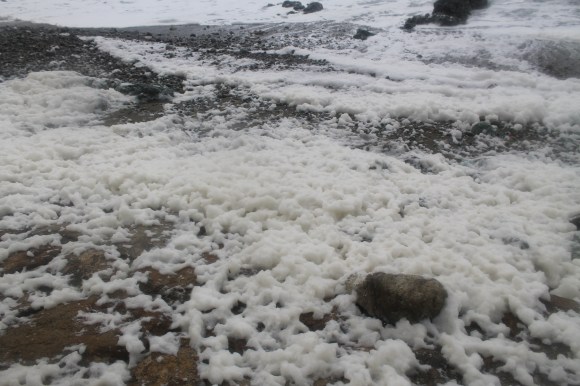
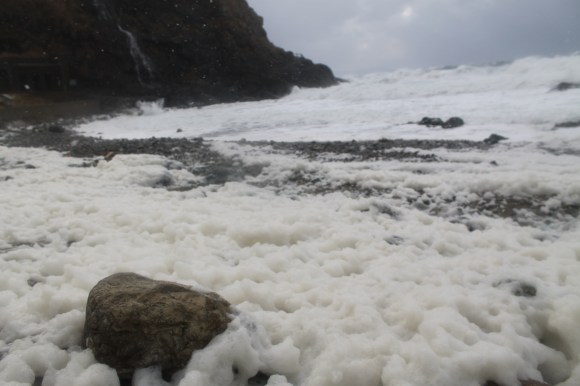
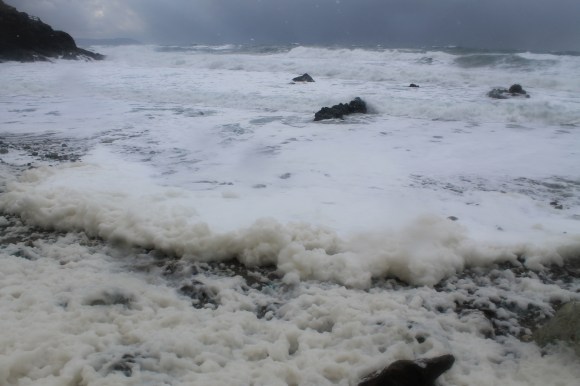
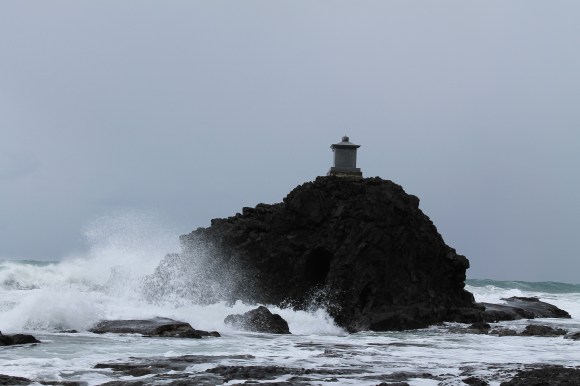
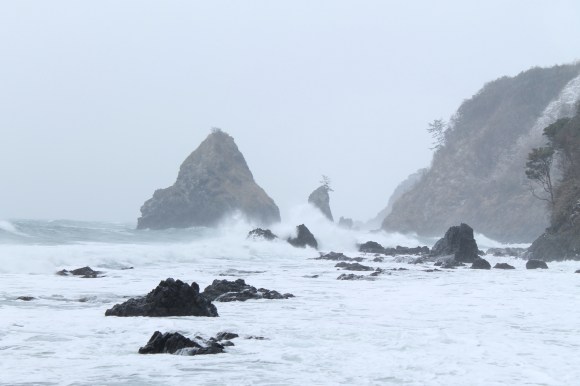
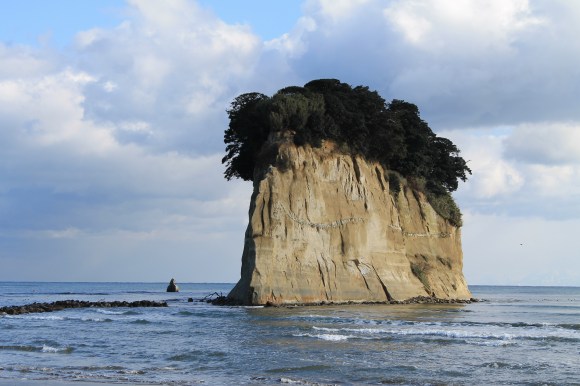
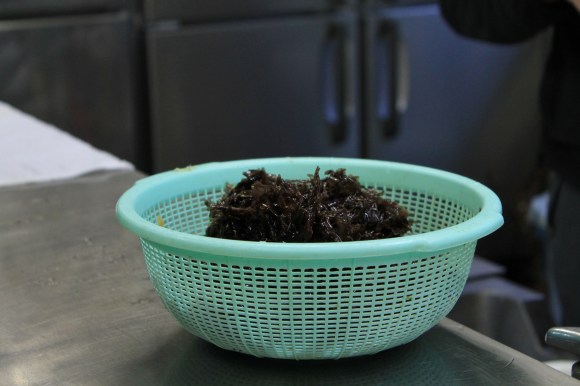
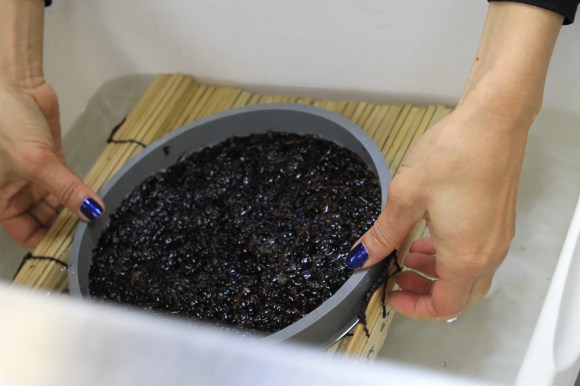


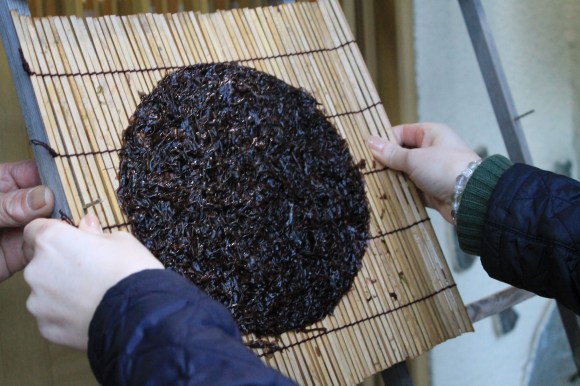
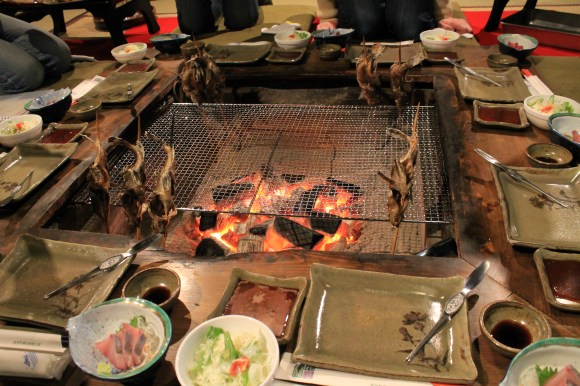

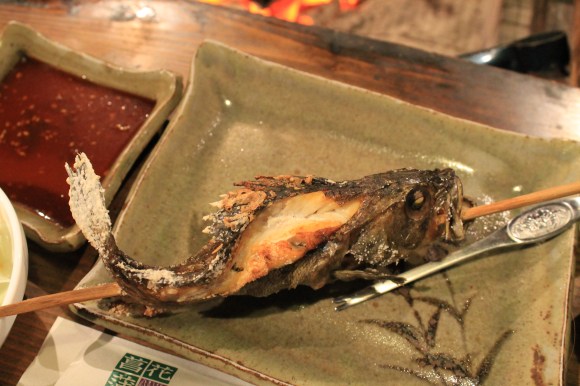
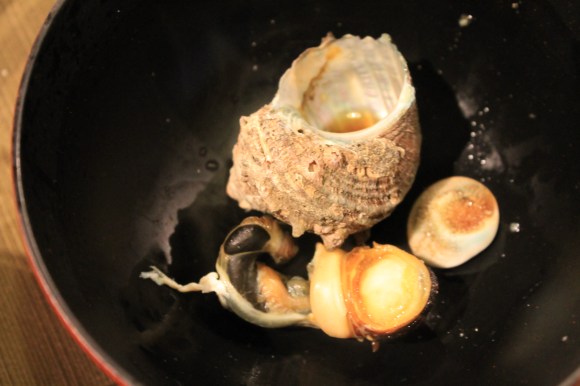
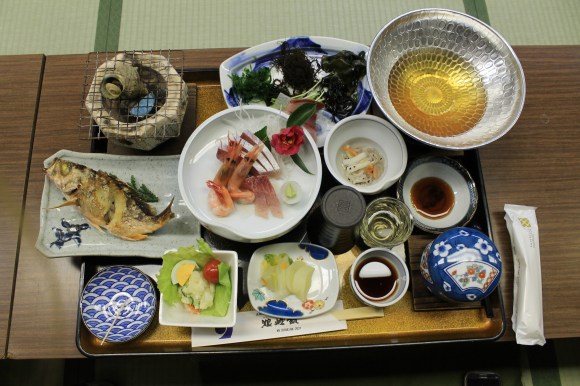
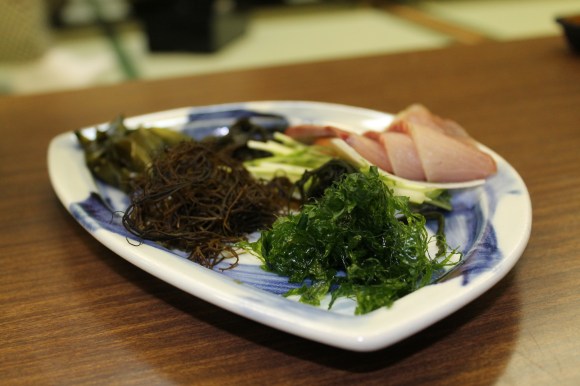
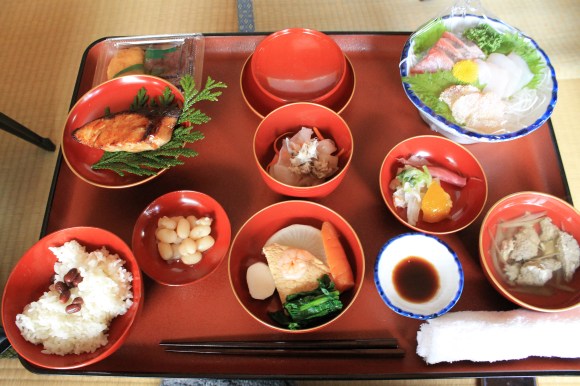
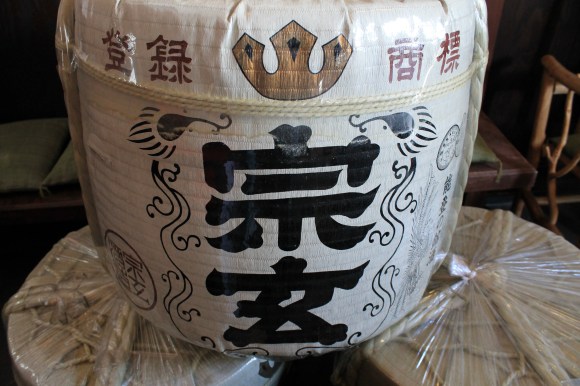
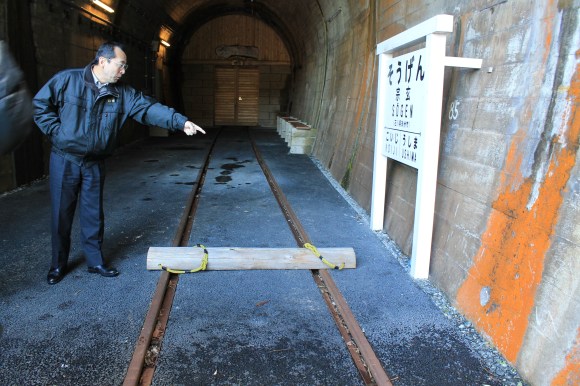
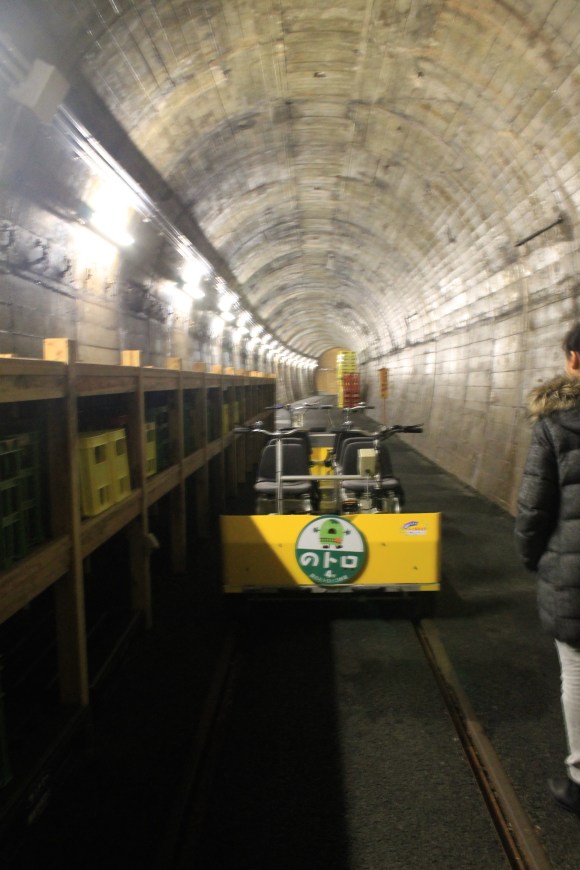

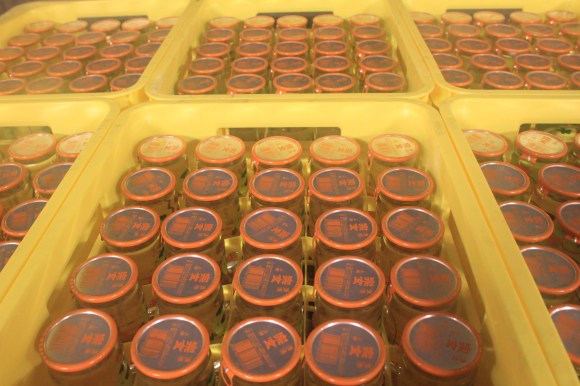
 Shimane’s hidden travel sites, where you can escape the crowds and enjoy traditional Japan
Shimane’s hidden travel sites, where you can escape the crowds and enjoy traditional Japan Things get heavy with the Gold Lucky Bag from Village Vanguard
Things get heavy with the Gold Lucky Bag from Village Vanguard Top Japanese cosplayer Enako returns to Comiket after 6 years, creates mayhem with admirers
Top Japanese cosplayer Enako returns to Comiket after 6 years, creates mayhem with admirers Nearly one in ten young adults living in Japan isn’t ethnically Japanese, statistics show
Nearly one in ten young adults living in Japan isn’t ethnically Japanese, statistics show The Purple Lucky Bag from Village Vanguard is an extra-large waste of money
The Purple Lucky Bag from Village Vanguard is an extra-large waste of money Private booths are coming to Japan’s Shinkansen bullet trains even sooner than we’d thought【Video】
Private booths are coming to Japan’s Shinkansen bullet trains even sooner than we’d thought【Video】 Starbucks Japan ready to get Year of the Horse started with adorable drinkware and plushies【Pics】
Starbucks Japan ready to get Year of the Horse started with adorable drinkware and plushies【Pics】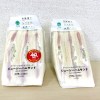 Japanese convenience store fools us with its 40-percent-more sandwich, but in a good way
Japanese convenience store fools us with its 40-percent-more sandwich, but in a good way The 10 best day trips from downtown Tokyo【Survey】
The 10 best day trips from downtown Tokyo【Survey】 Japan’s Self-Defense Forces take “radio calisthenics” to an interesting new level
Japan’s Self-Defense Forces take “radio calisthenics” to an interesting new level Collect ’em all! New Pokéfuta accessories now available at Village Vanguard
Collect ’em all! New Pokéfuta accessories now available at Village Vanguard Japanese beef bowl chain Sukiya’s 2026 Smile Box lucky bag basically pays for itself
Japanese beef bowl chain Sukiya’s 2026 Smile Box lucky bag basically pays for itself Hayao Miyazaki says Happy New Year to Studio Ghibli fans with new art for Year of the Horse
Hayao Miyazaki says Happy New Year to Studio Ghibli fans with new art for Year of the Horse Cup Noodle tries an authentic Jiro-style ramen, but something’s not quite right
Cup Noodle tries an authentic Jiro-style ramen, but something’s not quite right The best Starbucks Japan Frappuccinos we want to drink again in 2026
The best Starbucks Japan Frappuccinos we want to drink again in 2026 We revisited Sweets Paradise after a decade to see if Japan’s dessert buffet still delivers
We revisited Sweets Paradise after a decade to see if Japan’s dessert buffet still delivers That time Seiji called JASRAC to ask why he didn’t get paid royalties for his song being on TV
That time Seiji called JASRAC to ask why he didn’t get paid royalties for his song being on TV We found possibly the quietest Japanese-style hotel in Tokyo’s bustling Shinjuku district
We found possibly the quietest Japanese-style hotel in Tokyo’s bustling Shinjuku district Pizza Hut Japan’s hot lucky bags are perfect for a New Year’s pizza party
Pizza Hut Japan’s hot lucky bags are perfect for a New Year’s pizza party Japan’s oldest largetooth sawfish in captivity back on display in Mie Prefecture
Japan’s oldest largetooth sawfish in captivity back on display in Mie Prefecture 7-Eleven Japan starts new temporary luggage storage service in over 300 branches
7-Eleven Japan starts new temporary luggage storage service in over 300 branches Disillusionment at Tsukiji’s tourist-target prices led us to a great ramen restaurant in Tokyo
Disillusionment at Tsukiji’s tourist-target prices led us to a great ramen restaurant in Tokyo Starbucks teams up with 166-year-old Kyoto doll maker for Year of the Horse decorations【Photos】
Starbucks teams up with 166-year-old Kyoto doll maker for Year of the Horse decorations【Photos】 Tokyo considering law requiring more trash cans following litter increase in heavily touristed area
Tokyo considering law requiring more trash cans following litter increase in heavily touristed area Tokyo’s Tsukiji sushi neighborhood asks tour groups to stay away for the rest of the month
Tokyo’s Tsukiji sushi neighborhood asks tour groups to stay away for the rest of the month Tokyo event lets you travel back in time, for free, to celebrate 100 years since Showa era start
Tokyo event lets you travel back in time, for free, to celebrate 100 years since Showa era start Japan may add Japanese language proficiency, lifestyle classes to permanent foreign resident requirements
Japan may add Japanese language proficiency, lifestyle classes to permanent foreign resident requirements Sanrio theme park in Japan announces plans to expand into a Sanrio resort
Sanrio theme park in Japan announces plans to expand into a Sanrio resort Stamina-destroying “Paralysis Noodles” are Tokyo’s newest over-the-top ramen innovation
Stamina-destroying “Paralysis Noodles” are Tokyo’s newest over-the-top ramen innovation Survey asks foreign tourists what bothered them in Japan, more than half gave same answer
Survey asks foreign tourists what bothered them in Japan, more than half gave same answer Japan’s human washing machines will go on sale to general public, demos to be held in Tokyo
Japan’s human washing machines will go on sale to general public, demos to be held in Tokyo Japan’s deadliest food claims more victims, but why do people keep eating it for New Year’s?
Japan’s deadliest food claims more victims, but why do people keep eating it for New Year’s? We deeply regret going into this tunnel on our walk in the mountains of Japan
We deeply regret going into this tunnel on our walk in the mountains of Japan Studio Ghibli releases Kodama forest spirits from Princess Mononoke to light up your home
Studio Ghibli releases Kodama forest spirits from Princess Mononoke to light up your home Major Japanese hotel chain says reservations via overseas booking sites may not be valid
Major Japanese hotel chain says reservations via overseas booking sites may not be valid Put sesame oil in your coffee? Japanese maker says it’s the best way to start your day【Taste test】
Put sesame oil in your coffee? Japanese maker says it’s the best way to start your day【Taste test】 No more using real katana for tourism activities, Japan’s National Police Agency says
No more using real katana for tourism activities, Japan’s National Police Agency says Starbucks Japan reveals new sakura drinkware collection, inspired by evening cherry blossoms
Starbucks Japan reveals new sakura drinkware collection, inspired by evening cherry blossoms Updated cherry blossom forecast shows extra-long sakura season for Japan this year
Updated cherry blossom forecast shows extra-long sakura season for Japan this year
Leave a Reply